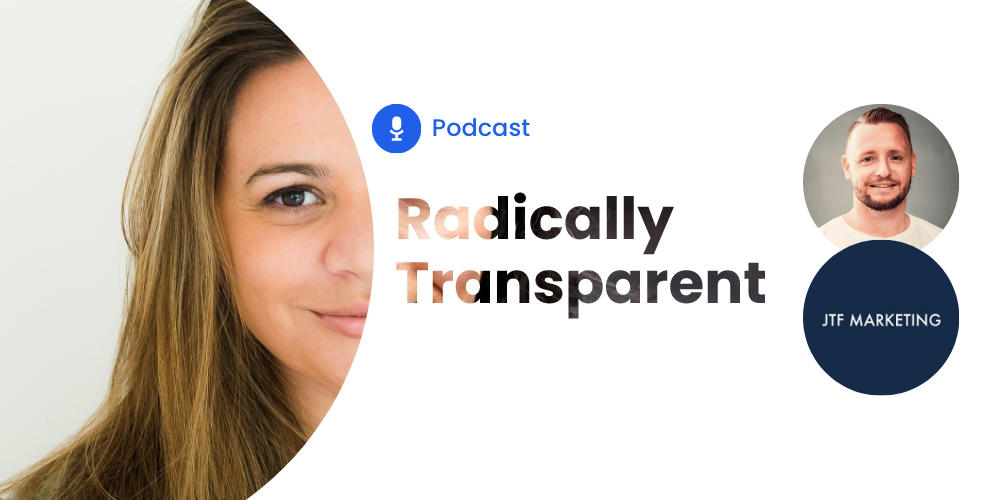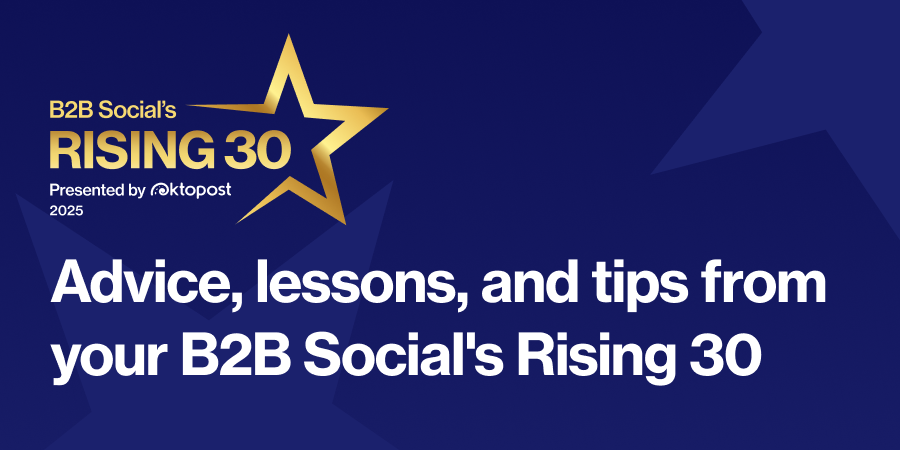Social media best practices with your Oktopost experts

Table of contents
Following the success of our From the Experts webinar series, we wanted to provide you with this content through another channel to make it easily accessible and digestible for our audience.
Here, you will find a summary of our latest webinar, “From the Experts: Social Media Best Practices with Your Oktopost Experts,” hosted by the all-star Customer Success Team at Oktopost.
Embracing the algorithms
You’re likely familiar with network algorithms if you’re generally active on social media. If you’re a B2B marketer in 2021, you’re probably on a constant quest to figure out how to beat the algorithm. What I’m about to share may or may not be surprising to you: you don’t have to beat the algorithms; you have to work with them.
Taylor Campbell, Customer Success Manager at Oktopost, put it best: “It’s fun to play around with different tactics, like putting the link in the comments, but it’s important to keep in mind that what works for one might not work for another or for every post type. You know your followers best, so the key is to keep posting content you know your followers will want to engage with and share with their followers.”
At the end of the day, we have the same intentions as the social networks – to keep our audience engaged. And what better way to keep our audience interested than with content? Creating engaging content that works with the network algorithms will keep you on top of the game, providing higher engagement, and overall ROI from social.
P2P over B2B
At this point, we all know that being human is the best way to connect with humans. I’m not claiming you’re a robot, but there’s a lot to be said about empowering your employees to be your brand’s voice. We can look at the statistics to see that it’s a proven way to build relationships and trust. After all, more than 62% of B2B buyers respond to salespeople who connect with them to share insights and opportunities relevant to their business.
Grant Klein, another Oktopost Customer Success Manager, says: “I bring this up on all of my advocate training calls – they are the ones humanizing the brand and putting the face behind the company.” Advocacy helps put a bit of human essence behind the content that’s being pushed out there, even if it’s the exact same content that’s going on in the corporate pages.
Ultimately, we trust people more than corporations. A company name can be faceless and cold, whereas an individual is somebody we can trust and build a relationship with, making for a more honest and meaningful connection. People investing in products and solutions these days want to understand what goes into the company, and advocacy is the most efficient way to show off your brand and culture.
Recommended for further reading
Treating all networks as individuals
No two networks are the same. Simply put, while blasting out the same exact message across all networks might be the easy way out, will not produce the same results. As Ben Collins Jones, Customer Success Manager at Oktopost puts it: “If all of these networks were trying to achieve the same goal, trying to do the same thing, there would not be Facebook, Twitter, LinkedIn, etc. Each of these networks has a unique purpose and, in its own way, its own audience. While there may be some crossover, ultimately ,the reason someone is following you on LinkedIn may not be the same reason they are following you on Twitter. The goals of these networks have to be intentional”.
Since we’re all wearing so many hats these days and taking on more and more responsibilities, in order to make the best use of your time, identify your top-performing networks, and put your efforts there. This isn’t to say you shouldn’t be posting across all networks, but when it comes to putting your best foot forward, focus on those that are generating the types of engagements and traction you’re looking for.
Taking the time to understand your audience on each network and your goals for each network will make it that much easier to create content specifically for them. If one approach doesn’t work, take time to restrategize to figure out what resonates best with your audience.
The 80/20 approach
Whether you take the 80/20 approach, 70/30, 60/40, or even 50/50, the main idea here is that mixing up the type of content you’re pushing out on social media is critical. I think we can all agree that one of the main points of having a social presence is to promote your brand and your services, but there is always a risk that you might become too salesy, which could sometimes be detrimental.
The greatest benefit of social media comes from positioning yourselves as industry thought leaders, and sharing content that is both educational and informative, whether your organization produces it or not, is key. As Josh Sloane, our Customer Success Manager in the UK, puts it: “If all you do is talk about yourself and your own product, you run the risk of alienating people, which is the opposite of what we want to be doing”.
Whether we’re creating engaging posts to stay ahead of the game, providing our advocates with content that interests them and their networks, understanding how our content resonates on each network, or creating diverse messaging across our brand, the common denominator here is content. When we understand the type of content that resonates best with our audience, we’re on the right track to establishing meaningful relationships that can turn into valued customers.

![The simple guide to creating a chatbot [on Facebook, Website, Messenger Apps]](https://www.oktopost.com/blog/wp-content/uploads/2019/11/The-Simple-Guide-to-Creating-a-Chatbot-Oktopost-1.jpg)


